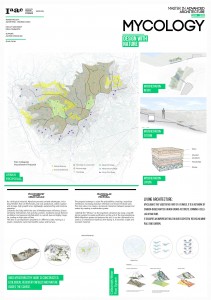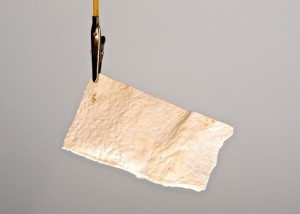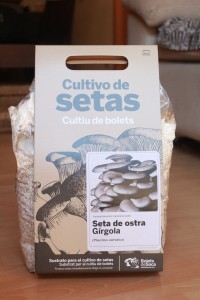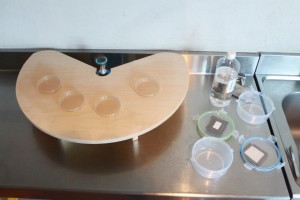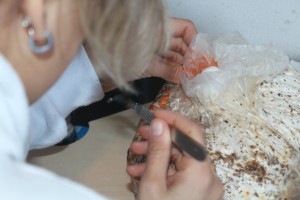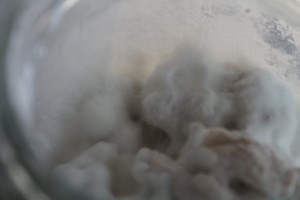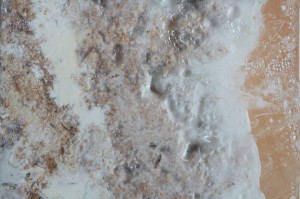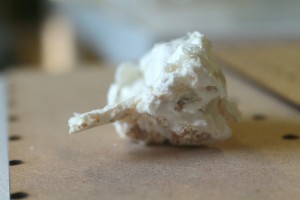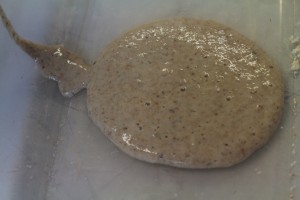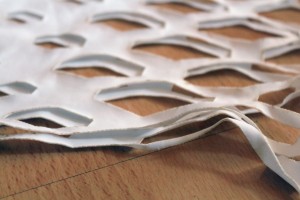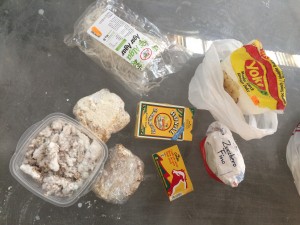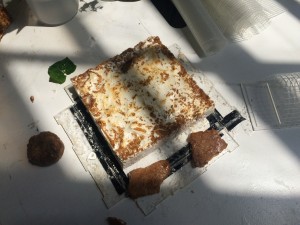Mycology: Mycoforestry – Mycofiltration – Mycotectonics
METABOLIC DESIGN
A Metabolic design is a set od interralated processes that allows growth, reproduction, etc.
It is understood as a closed cycle of mutual interralationship of the componets, able to recreate again and again, constantly changing, evoluting.
A Metabolic design should be resilient, self-sufficient, part of our living system.
Space – Time - Matter – Energy – Information
PROGRAMME/ CONTEXT
The disgn of Architectural interventions that can negotiate and integrate with socio-cultural and geo-political or to a building system that involves its own production, etc.
POLYVALENCE AND DESIGNED SYSTEMS
The projects embrance a multi-systematic logic to design and materiality that seeks to synthesize architecture as an ecosystem involving many different species operating in a complex and interdependent way. The draw on number of different design systems, cooperating as a coherent architectural outcome, both within their internal relations and their relations to the outside world.
MYCOLOGY Architecture propose a metabolic cycle that integrates multiscalar processes creating a interaction between people and nature. It is a proposal for a prototype of a mycoforestry process for Collserola Natural Park of Barcelona.
Collserola lies fully within the area of Mediterranean influence, characterized by mild winters, hot and dry summers, moderate annual thermal oscillation and seasonal rainfall which is, overall, low and highly irregular, ending on high rates of fires.
The symbiosis process between mycelium and agricultural waste is necessarly required to increase natural and social capital of this former agricultural city.
MATERIAL ARE ORIGINATED FROM THE SITE
The agricultural waste is re-cycle and re-invented into in-situ biomaterial which act as a mycofiltration system for the “Mesias“ and other urbanized areas of Collserola and as a mycomembrane for Mycoforestry.
It will be solidified by microbial agent called “mycelia“ or roots of mushroom, then grows itself as a living material and evolves into a living architecture for food (mushroom) production, public recreation, soil moisture retention and erosion resistant soils.
Finally the architecture will be biodegradable into a fertilizer (mycorestoration) as a close-loop design back into the soil.
WE GROW ARCHITECTURE
The young material which has wetness or soft bodies are solidified to hard and dry as it is cured by heat, and within the proximity of branches when it is wet, emerging the self-binding property, as it appears in mycelium foraging pattern, that enables the rigidity of the whole geometry more stronger.
Hence, an evolutionary design strategy has been used to incorporate material cycles with architectural program cycles through time based adapt-ability, grow-ability and decompose-ability.
Material Research
You could find a complete information of the project in the following link:
http://issuu.com/silvia.oliva11/docs/booklet_som
Video of the Mycofiltation Proposal:


